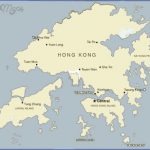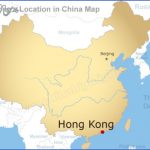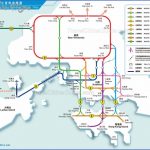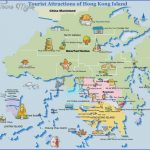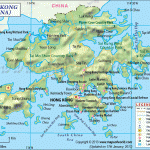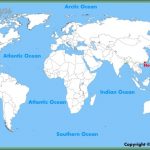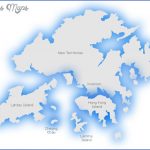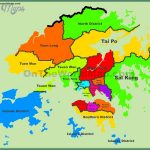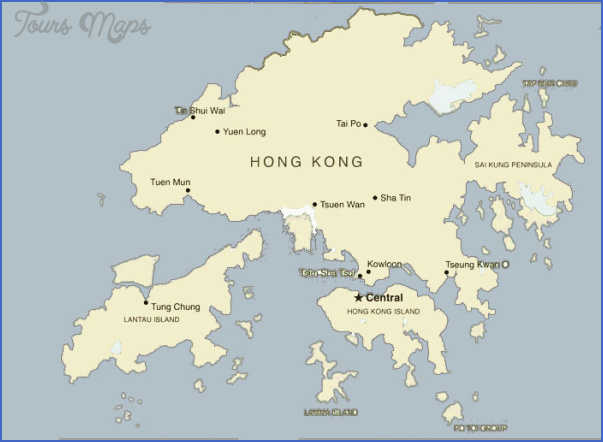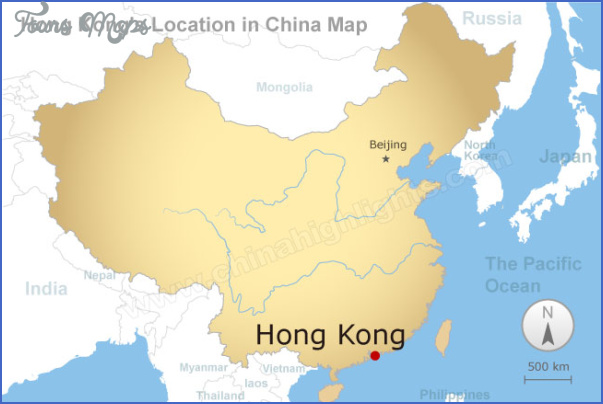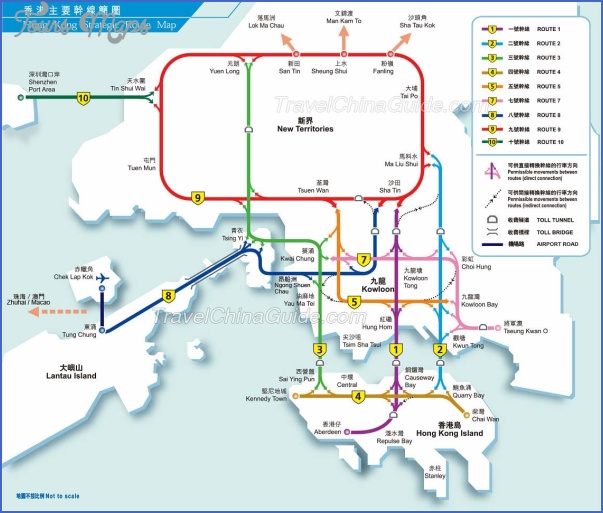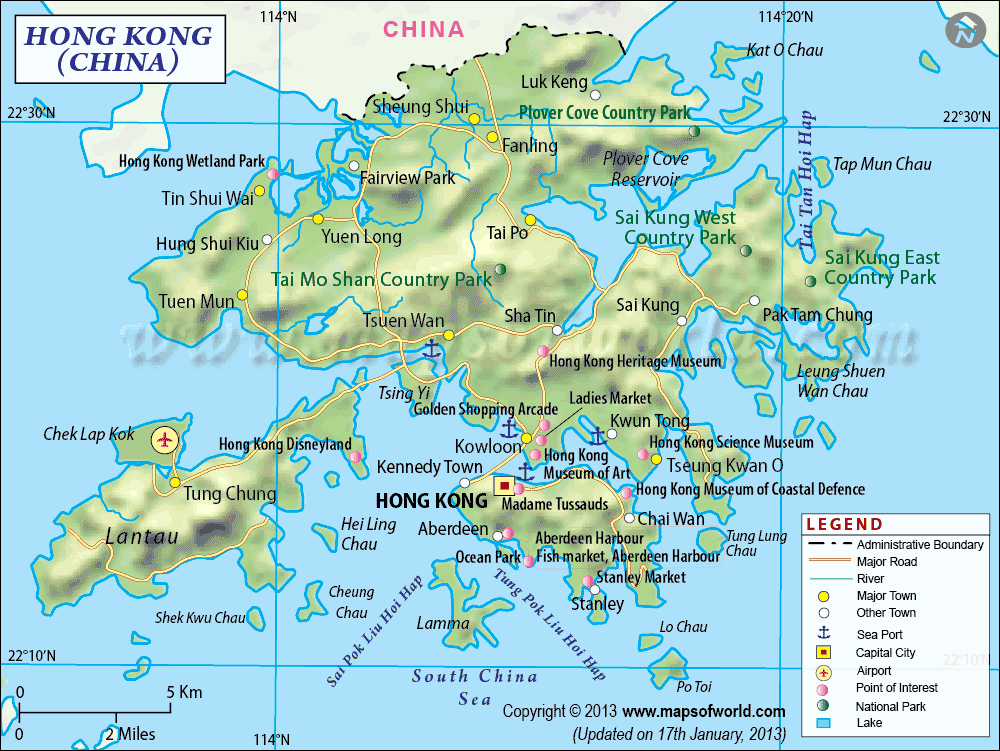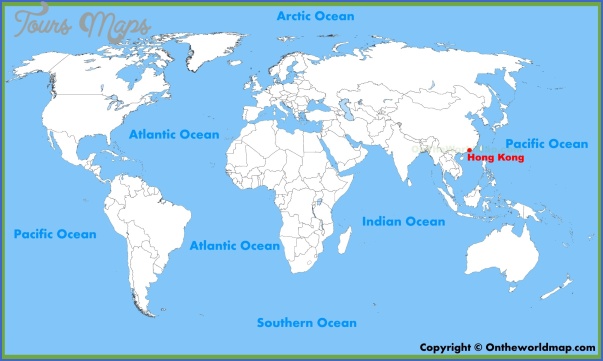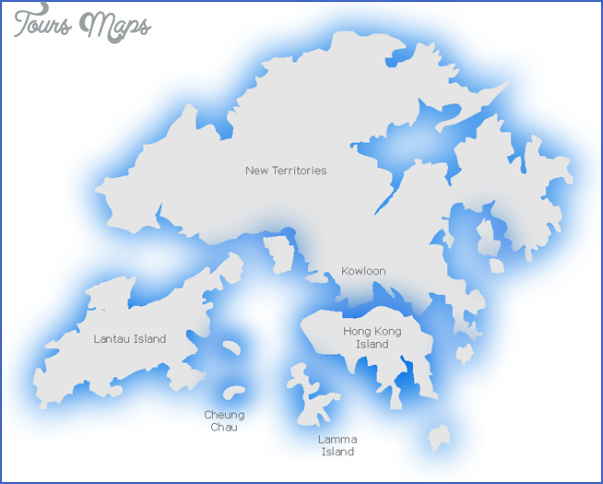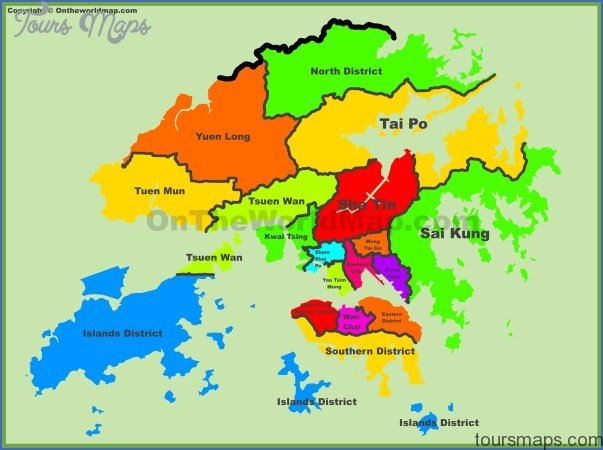From the time of the First Opium War to the 1950s – with the exception of the Japanese occupation during the Second World War (1941-45) – Hong Kong served as the international port and trans-shipment centre linking China and the West. However the Korean War (1950-53) and the US embargo on the supply of strategically important goods to China has diminished the significance of this role. In order to be able to survive, Hong Kong has had to slim down its industrial base and develop its potential as a financial centre. The colony was also caught up in the events ofthe Chinese cultural revolution of 1966-68 and was severely shaken by anti-British riots.
In September 1984 Great Britain and the People’s Republic of China signed an agreement which laid down the following terms: the whole of Hong Kong would be placed under Chinese sovereignty on July 1st 1997, but at the same time the city would retain its special status as an autonomous region for a further fifty years and this status would guarantee the retention of existing commercial, economic, legal and cultural structures.
Trading and financial operations are the most important elements of the economy. Industries include the following: agricultural products (fruit and vegetables), fishing, minerals (quartz, felspar and kaolin), textiles and clothing, metal-working, artificial fibres, electrical and electronic products. Imports include machines, precision tools, yarns and dyes for textile production. Exports include textiles, furniture, chemical products, electrical goods and toys.
Hong Kong is today a leading world finance and trade centre. Well over a hundred international banks have opened up branches here and the gold market is one of the largest in the world. The existence of a market economy and free trade are guaranteed by the authorities and taxes are relatively low. Except for tobacco, alcohol, perfume, cosmetics and certain petro-chemical products there are import duties or limits but the movement of capital is not subject to any restrictions. These favourable conditions have attracted many foreign businessmen and industrialists, in particular expatriate Chinese. Hong Kong is in addition a leading centre for trade in diamonds, jewellery and clocks.
As a city state with the role of a world trading centre, Hong Kong also has a modest local economy, of which agriculture, fishing and the construction industry are the most important elements. But within the overall economic picture it is imports, exports and re-exports which dominate. Over half the working population is in industry, with a good fifth involved in commerce.
Hong Kong is an important international meeting-point in the fields of trade, finance, communications and industry. Originally it gave the British access to the continent of Asia, as well as providing the Chinese with an additional trade outlet. Fortunes have been made and lost here, usually at the arbitrary dictates of fate, with the result that people have adapted how they thinkand actto prevailing circumstances and have learntto altertheir plans and tactics at just the right moment and to live through tough times. This individual flexibility, coupled with the reluctance of the colony’s government to interfere in matters of economic regulation, has enabled Hong Kong to attain its privileged international position.
The most important areas of industrial production are textiles and clothing. Next in importance are electronics and the processing of artificial fibres. To these can be added toy production, an area where Hong Kong has for many years led the world, and clock-making and jewellery, both of which are of
great importance. There is no doubt that these areas of industrial production have contributed to Hong Kong’s present position as one ofthe world’s leading centres of trade, relying on an international communications network, a liberal legislative system and a plentiful supply of cheap labour.
For the People’s Republic of China, Hong Kong has become an important source of foreign exchange, as the colony has imported Chinese consumer goods, foodstuffs, building materials and other goods on a large scale. Furthermore Chinese people from Hong Kong and south-east Asia also transfer considerable sums of money to their relatives in China, while on visits there and also through banks. The government in Hong Kong, in consultation with the authorities ofthe neighbouring Chinese province of Guangdong, maintains friendly relations with the People’s Republic of China.
Hong Kong Map Photo Gallery
Maybe You Like Them Too
- The Best Cities To Visit in The World
- World’s 10 Best Places To Visit
- Coolest Countries in the World to Visit
- Travel to Santorini, Greece
- Map of Barbados – Holiday in Barbados

